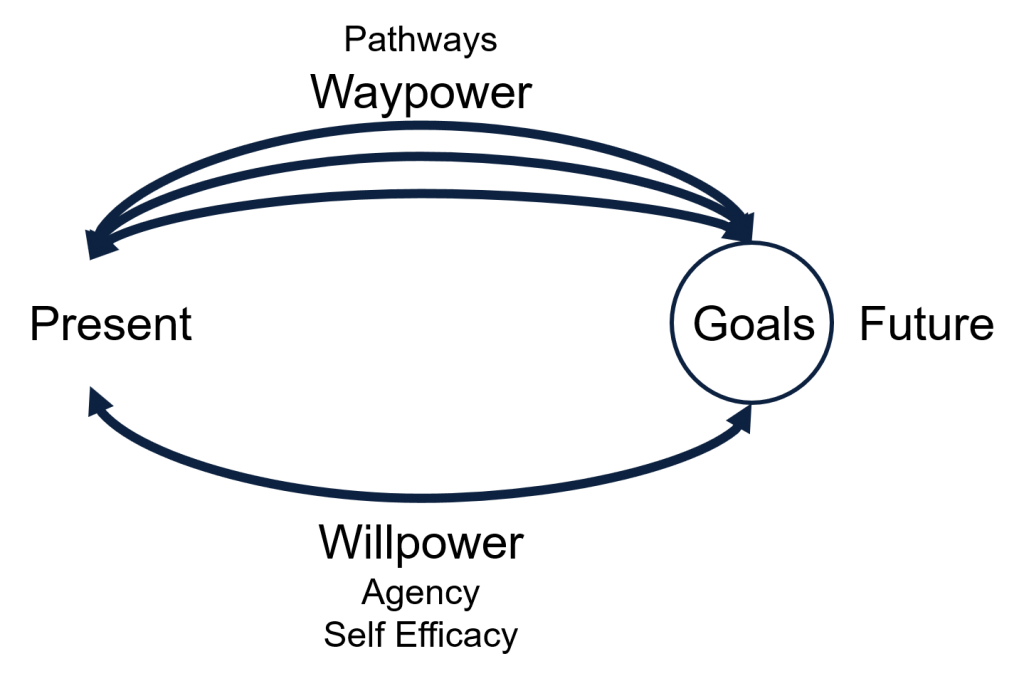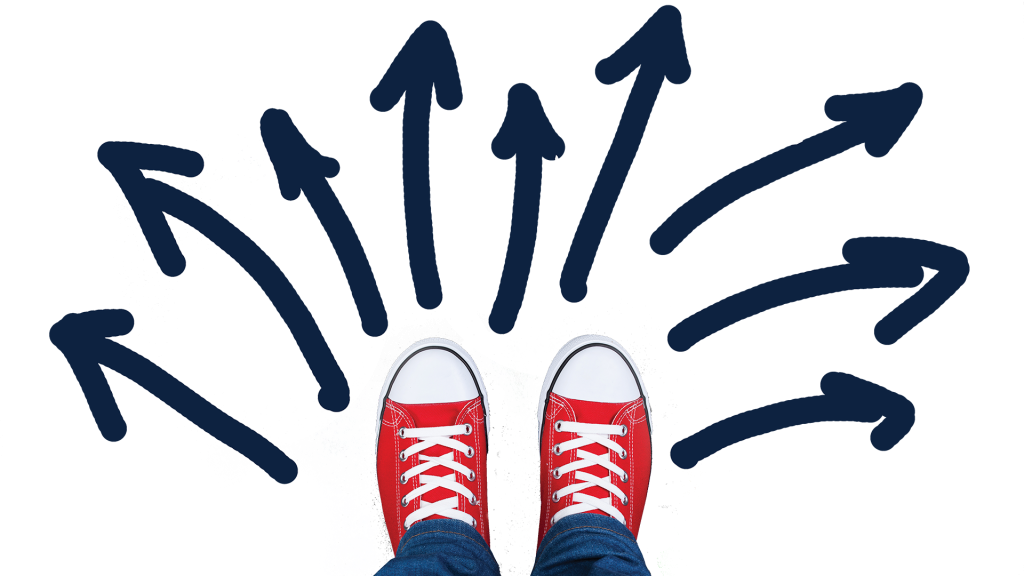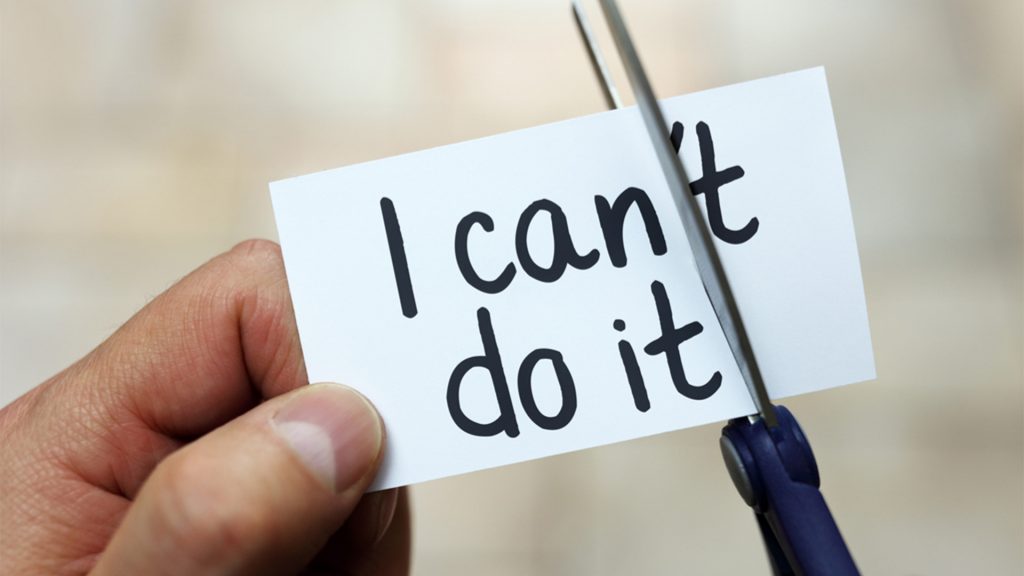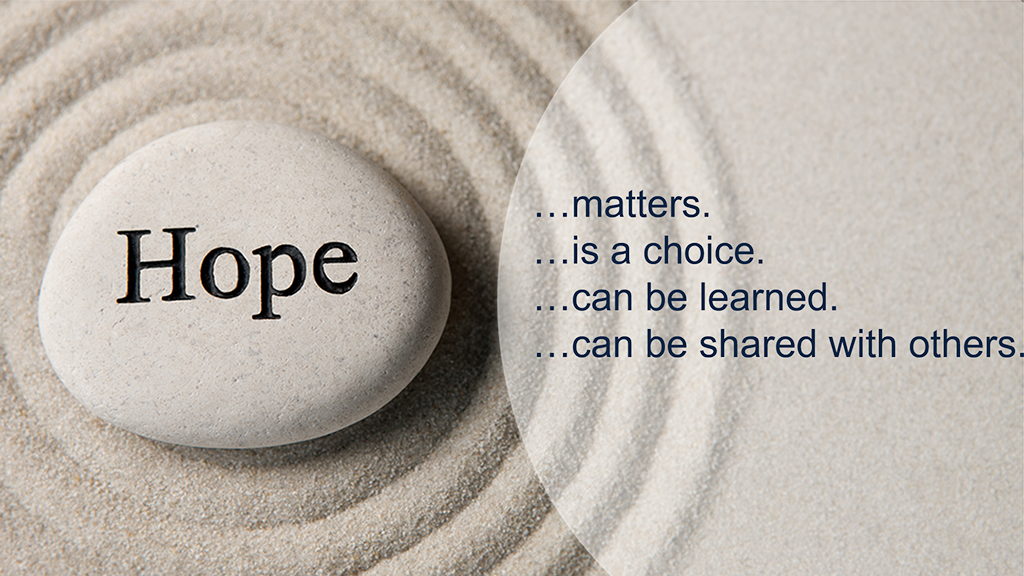
What is Hope?
Hope is not simply being optimistic or happy all the time. Hope is not the lottery of luck or the hope some students have for higher grades when they have not completed their assignments. That may be wishful thinking but not hopeful thinking. C.R. Synder, Distinguished Professor of Clinical Psychology at the University of Kansas, explains hope as a “positive motivational state that is based on an inter-actively derived sense of successful agency and pathways” (Snyder, 1994). One of the premier leaders in hope research, Shane Lopez, in his book, Making Hope Happen: Create the Future You Want for Yourself and Others, defines hope as “the belief that the future will be better than the present combined with the belief that you have the power to make it so!” (Lopez, 2013). In less scientific terms, Emily Dickenson refers to hope as a “thing with feathers that perches in the soul-“ (Dickenson, 1960), and the Dalai Lama says “hope means keeping going, thinking I can do this” (Bstan, 2018).
These definitions of hope, when applied to impacting student success, may be simplified by understanding that students with high hope:
- Design and connect with a positive self-future
- Develop goals that will lead them toward this better future
- Have the confidence and self-efficacy necessary to believe they can be successful
- Act with perseverance to create and follow the mental plans or road maps that guide hopeful thoughts
The Hope Cycle

- Goals – any objects, experiences, or outcomes that we imagine and desire in our minds.
- Agency / Self Efficacy – the driving force in hopeful thinking. A sense of mental energy that over time helps propel us toward our goals.
- Pathways / Resilience – perseverance to create and follow the mental plans or road maps that guide hopeful thoughts.
The purpose of this article is to discuss ways college faculty can increase student success by teaching and developing hopeful thinking in their classrooms.
Why Hope?
Hope research has consistently shown a positive correlation between hope and student success with some data indicating a 12% increase in academic outcomes (Lopez, 2014). Research around hope has also shown that hopeful students have higher overall GPA’s (Gallagher & Lopez, 2008; Snyder et al., 2002, Snyder, Shorey, 2002) and higher graduation rates (Snyder, 2002b) than students who score lower on the hope scale. In these studies, and others, the predictive power of hope remained even when controlling for intelligence (Snyder et al., 1997), prior grades (Gallagher & Lopez, 2008; Snyder, Harris, et al., 1991; Snyder et al., 2002), self-esteem (Snyder et al., 2002), and entrance examination scores (Gallagher & Lopez, 2008; Snyder et al., 2002).
The Gallup Student Poll has been a leader in collecting and analyzing student success and hope data since 2009 and has collected over 5 million responses. The 24 core items in the Gallup Student Poll measure several dimensions of student success, including engagement with school and hope for the future. In 2017 the poll indicated that only 53% of the students participating in the poll responded they were hopeful (Gallup, 2014), in 2017 that number had fallen to 48% (Gallup 2017).
With compelling evidence that hope contributes to academic success in students and that, at best, only 50% of students identify themselves as hopeful, teaching and developing hopeful thinking in the classroom may be one of the most effective and efficient efforts faculty can make to contribute to their student’s success.
Teaching and Developing Hopeful Thinking in Students
Can an individual faculty member really teach and develop hopeful thinking their students? The answer is an overwhelming yes! Techniques that will help students see a better future, develop and be motivated to attain goals that support that future all while helping students how to see and utilize pathways can be built into any classroom with less effort than it seems. Tools and techniques that support teaching and developing hope in students fall into four topic categories: visioning the future, developing goals, building agency and learning pathways.
FUTURE

Future is an idea of where we want to go, what we want to accomplish, who we want to be, whether tomorrow or over a lifetime. Hope is directly connected to the future through the belief that tomorrow will be better than today. For students to develop hopeful thinking they must have a clear picture of what that their better self-future looks and feels like.
Tools and Techniques to teach and develop future thinking.
- Idealized and Default Thinking Activity. As a written assignment or an in-class activity instruct students to close their eyes and vision what their life will look and feel like in five years after they have been successful in college (idealized future). Then ask students to again close their eyes and visualize what their life will look like in five years if they do not complete college (default future). Students should be encouraged to not only see but hear, feel and smell their future. Visualize who is there, where they are living, how they feel. The more graphic and specific the vision the more powerful the activity in helping students develop a clear and positive future.
- Visioning Activity. In conjunction with the default and idealized future activity, or as a stand-alone activity, ask students to create a visual representation of their idealized future. Students should be granted great leeway in how they wish to represent their vision and be encouraged to be creative and use any media they wish, a vision board, sculpture, video, song, poetry or even dance. People and communities evolve toward their vision of the future and this activity will help students create a visual of that self-future in an appreciative light.
- Assignment Utility. Instructors should help every student understand how the class material and every assignment has utility and supports their unique future. The drive for a student to attend college is a desire to build a better future and more specifically a future of employment opportunities, better jobs and more money (New America, 2015; Lumina, 2016). If there is difficulty identifying and explaining the utility of any assignment or activity, the instructor should consider editing it to increase the meaningfulness and utility to students. Consider adding a short question to the end of every assignment that asks the student to explain how completing this assignment supports them in their pursuit of goals and creation of their future.
GOALS

Goals are observable and measureable end results that lead to a desired future and are the mental anchors of hope. Students often have “goals” but when discussed their goals lack the specificity and timelines necessary to attain the goal.
Tools and Techniques to teach and develop goal thinking.
- Patience and Experience. While setting goals may seem simple to a college instructor it may be difficult and complicated to students. Students who have not experienced setting specific goals need someone with patience and experience to guide them.
- Class Related Goals. Students should be required to create personal goals related to the class. For example, students can write two personal or career goals that completing the class will support. Or write a specific performance goal for the class, a final grade goal for example.
- Meaningful Goals. The most motivating student goals are the ones students feel they own and find personally meaningful. The most meaningful goals to college students are often related to getting a good job.
- SMART Goals. As students submit and discuss their goals in class, instructors can coach them to create SMART goals that are specific, have deadlines and are measurable.
- Affirmative goals. Instructors can help students understand the difference between a goal to try and a goal to do. This may be a simple as changing “I will try” to “I will” in a goal statement.
AGENCY

Agency is our perceived ability to shape our lives day to day and allows us to be the authors of our lives. We know we can make things happen (or stop them from happening), and we take responsibility for moving toward our goals. Agency is the student’s ability to motivate themselves and the motivation must be aimed at goals and build self-efficacy
Tools and Techniques to teach and develop agency.
- Enthusiasm in teaching and student interactions. Student’s agency and belief in themselves is strengthened when learning in a positive enthusiastic environment focused on their success. Instructors develop agency in students when they develop a “Pygmalion” mindset, strong positive expectations of an individual student and a belief in their ability to succeed. Instructors have the greatest impact when they first looking for what is best in a student.
- High Expectations. Students strive to meet outcomes set for them. Low expectations lead to low outcomes and high expectations of students leads to high performance. Instructors develop agency when they set challenging expectations for students and encourage them to believe in their ability to meet those expectations.
- Feedback and Praise. Feedback is as critical a part of building agency in students as is appropriate praise. Early positive feedback can be provided with simple but meaningful assignments as part of the first week of class. Giving points and feedback on introduction activities and syllabus quizzes will start the student off on a positive note and help them become accustom to receiving feedback. Praise will strengthen the specific behavior that is praised. To be effective, praise should be meaningful, specific and authentic and should focus on the student’s effort and not only student outcomes or “smarts.”
- CliftonStrengths for Students. The CliftonStrengths for Students assessment and associated strengths development is a powerful tool that increases student persistence and completion rates through increasing feelings of hope and engagement (Gallup n.d.). Strengths-based activities and assignments can be part of any college class regardless of subject matter.
PATHWAYS

Pathways are routes around the obstacles that stand in the way of goal attainment. People with high hope are good at producing plausible alternative routes and describe themselves as flexible. In her book, A Framework for Understanding Poverty, Ruby Payne shares that many students may not even recognize that pathways are necessary to accomplish a goal (Payne, 1997). This concept is sometimes called Pathway Blindness. Many students are simply stuck on an escalator.
Tools and Techniques to teach and develop pathways.
- Story Sharing. Students learn pathways by example. High hope instructors tell personal stories of times when having strong pathways, showing resilience and agency helped them overcome barriers and be successful.
- Project based learning. When learning is associated with projects, larger more complex outcomes, students learn how to apply learnings as part of a pathway to more complicated ideas. Project based learning also helps ensure lessons have utility and help students engage.
- Sequencing. Sequencing is providing students with logical steps required to complete an assignment and helps student learn how pathways work by experiencing successful outcomes. Hope flourishes under the probabilities of immediate goal attainment and each step is an attained goal
- Student created pathways. Students creating their own pathways related to smaller tasks and assignments develop the skills related to pathway thinking. Asking students to develop a list every step required to complete an assignment or needed to prepare for an exam is a great way to practice pathway thinking.
- Rubrics. The use of quality grading rubrics helps students break assignment into smaller parts. Each grading description in the rubric should include small, clear, specific and measurable outcomes of the assignment that help demonstrate pathways required for success.
DEVELOPING HOPE
Any faculty member can develop hopeful thinking in their students. Even if the tools and techniques outlined here do not fit well in a specific curriculum or with a specific instructor there are many ways to develop a general environment of high hope. It only requires the intention to do so.
Exceptional instructors create high hope classrooms environments by always:
- Teaching Hope.
- Teaching students how to learn.
- Helping students develop individualized ways to master learning.
- Communicating clear learning outcomes.
- Ensuring students are accountable for their actions. Students with low hope hunger for boundaries and consistency.
- Treating students with respect and building trust.
- Helping students find and develop hope on their own not providing hope for them
- Helping students learn how to solve the problem not solving problems for them.

